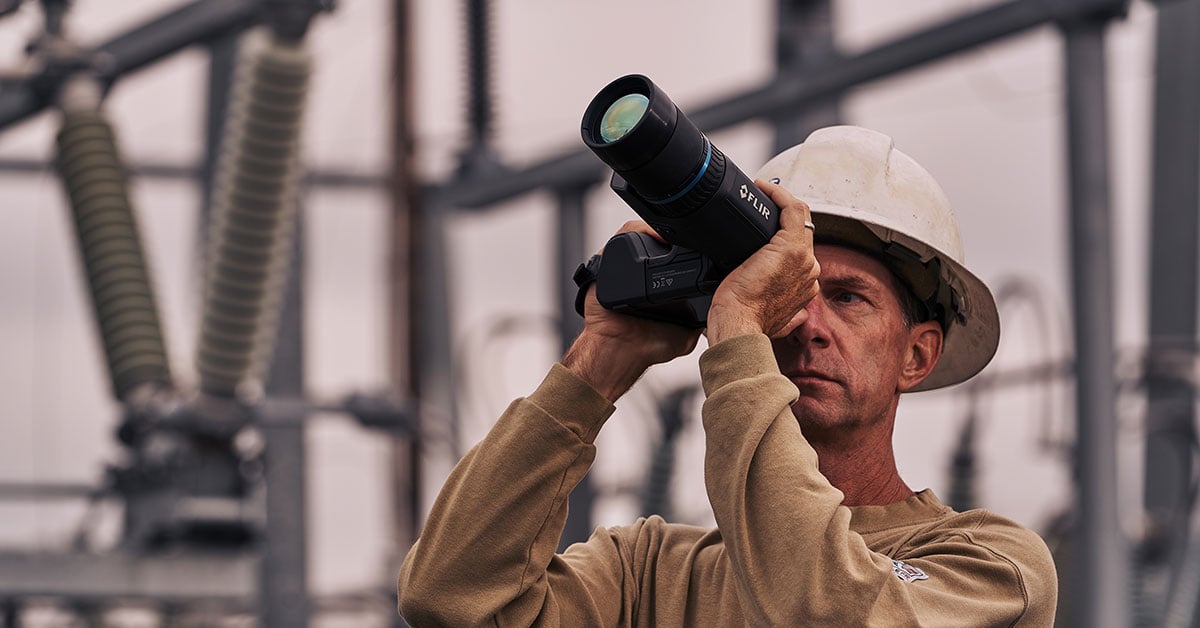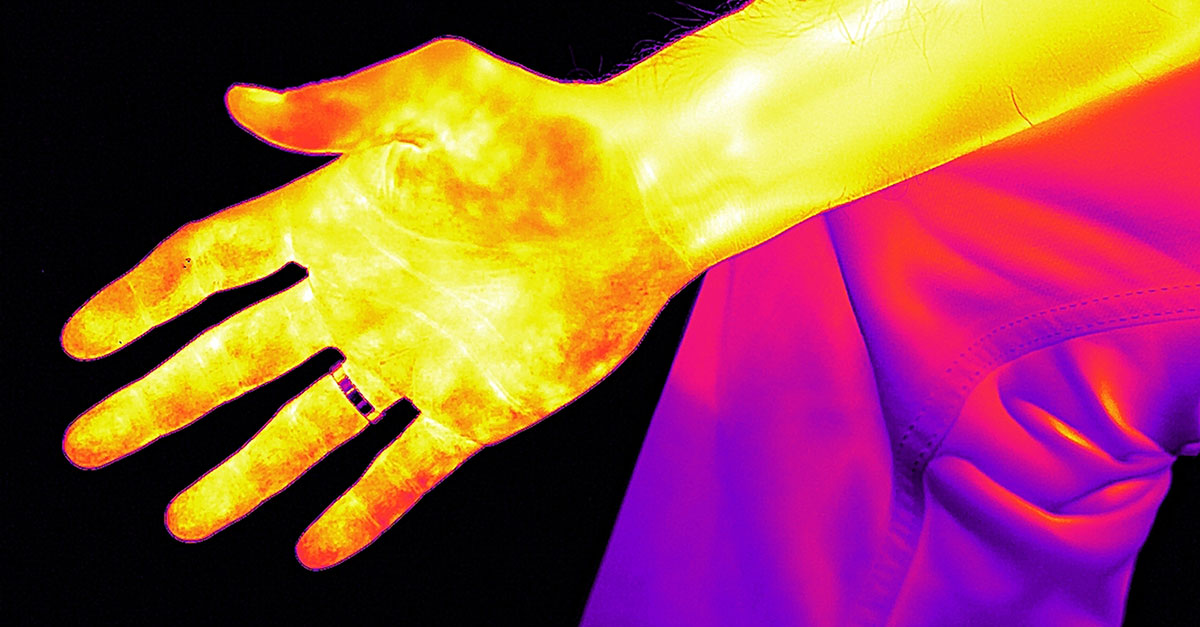Top 5 Mistakes That New Thermographers Make

Thermographers all make mistakes, especially when first starting out. It’s part of the learning process and is why training with a thermal camera is essential. Here are five of the most common errors we see from new thermographers, especially those who are not properly trained and certified.
Learn more about infrared training and certification with the ITC.
#5 Poor Image Adjustment/Focus
An out of focus image isn’t just difficult to interpret, it also displays the wrong temperature. Focus needs to be perfect each time BEFORE saving an image. When it comes to focus, there’s no such thing as “good enough”. It’s either in focus or it’s not.

The temperature of the fuse looks dramatically different after the image is brought into focus.
#4 Incorrect Temperature Parameters
Speaking of temperature measurements, setting the right emissivity and reflected temperature values in your camera is essential for accuracy. Emissivity, reflected temperature, and other object parameters must be adjusted correctly, otherwise your measurements will be off—very significantly in some cases.

The temperature of this disconnect in an outdoor substation is measured using three different emissivities, causing the resulting max apparent temperature value to range wildly from 118 F to 194 F.
#3 Not Understanding Radiation Science
Thermal imagers are passive, meaning they detect all the infrared radiation coming from a target. This means what we see through a camera isn’t limited to the heat emitted by the object, but could also be the result of energy reflected from other sources. This could cause a surface to appear warmer or cooler than its true temperature.

The side of this house isn’t actually cold, and this electrical bus bar connection really isn’t hot. These false readings are caused by reflections of surrounding temperatures.
#2 Dismissing Small Temperature Differences
Many infrared programs rely on temperature difference measurements as references points when assessing the severity of a problem. They do so, however, without realizing what they are seeing could likely be a lot hotter than what’s displayed in their camera. Shiny metallic surfaces, for example, have a very low emissivity and may give false apparent temperature readings.

What looks like only a small temperature difference between two pieces of copper is in fact much larger, revealed with a strip of high emissivity tape.
# 1 - Not Buying a Powerful Enough Camera
We have this at #1 because it seems to be the biggest mistake made by those who are who new to the technology: not buying a powerful enough camera. This is something that could cost you much more in the long run. It’s certainly tempting to purchase just on price alone, but not all infrared cameras are the same. Resolution is a great example. In building envelope inspections, not having sufficient resolution means you might miss smaller insulation voids or areas of air leakage.

These two thermal images of the same house were captured with two different IR cameras. On the left is an 80 x 60 array, on the right a 640 x 480. More pixels means more detail to detect small but important temperature differences.

If your application is outdoor electrical, higher resolution is essential. On the left is what we see with an 80 x 60 detector array with a wide angle lens. On the right, a 1024 x 768 system with a standard lens. We can clearly see the problem in one image, but certainly not the other.
This doesn’t mean you should never consider a low cost camera. An entry level camera has many great uses, but some applications simply demand better specs.
Learn more about thermal camera specs you should know before making a purchase.
Thermal training, like classes offered by the Infrared Training Center, can teach you how to minimize these errors and help you get the most out of your investment in a thermal imaging camera. Learn more about upcoming training opportunities: Level I – Fundamentals of Thermography Certification.


